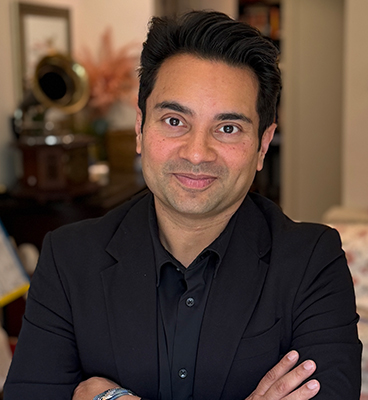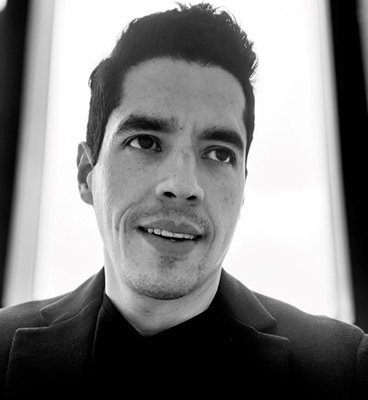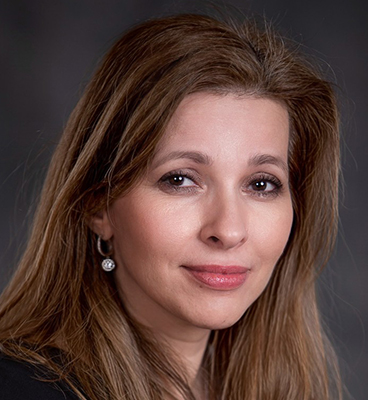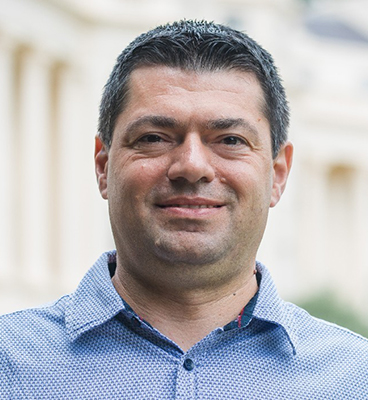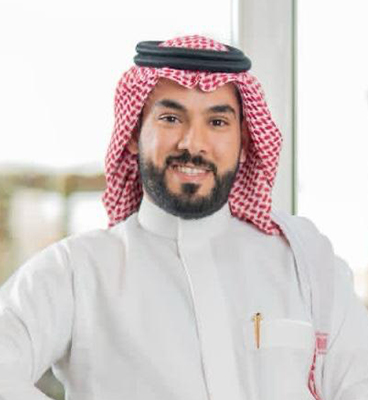
Empathy, Communication, Action: The Trifecta of Effective Change Management
How does a well-crafted, one-page strategy provide the anchor employees need in uncertain times?
- On: August 27, 2024
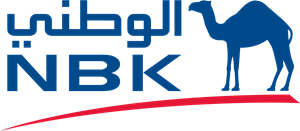
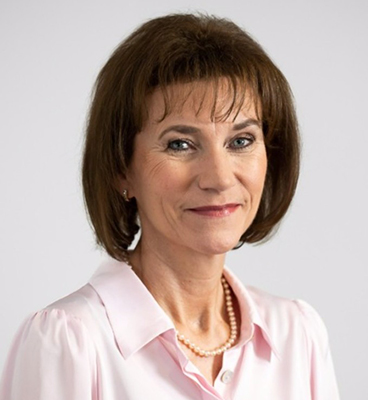
Jitka Schmiedova
Mitsubishi Electric Automotive Czech
1. What are some of the key ingredients for building a resilient company culture that can withstand volatility, uncertainty, complexity, and ambiguity?
The key building blocks are trust and humanity, hand in hand with a diverse leadership team fully dedicated to a long-term legacy. A legacy people would connect to and believe in. For example, the legacy of our leadership team is to build and retain a successful company, adaptable to the future, powered by highly engaged people, and recognised globally. There is a concrete action plan behind each attribute.
A further important ingredient is a well-crafted company strategy, ideally a one-pager to set the direction. In VUCA times people expect leadership teams more than ever to set direction, to give them some anchor. Our strategy focuses on future readiness, operational excellence and employee engagement, for example.
The third key ingredient is the alignment of the broader management team around the company strategy and efficient cross-functional cooperation underlined by reinforced frequent communication within teams and towards all employees. All staff meetings, President town hall meetings or Employee Committee meetings take place up to 5 – 10 times a year for almost 1,000 people.
Continuous leadership development to strengthen or learn new skills of managing people in continuous change, uncertainty, digital and business transformations is another key to success.
2. How do you measure the impact of a diverse mindset on company performance?
There is no such thing as a direct formula “diversity equals x% increased profit”. However, it has been proven by many renowned studies over the years (McKinsey was among the first) that diversity in general creates a better work climate, higher employee engagement and learning spirit, and, therefore better employee and business performance results.
It is essential, though, to learn how to get the best out of diversity, for example, in focused leadership development programmes. It is a skill to invite all kinds of people to participate in solutions brainstorming with best possible results as a reward. Such an approach boosts engagement, helps retain talents on board, fosters company brand and attractivity.
Further indirect measures can be tracked in performance management and employee surveys.
3. What strategies would you employ to manage stress and maintain productivity during a major organisational change?
A combination of many interventions running in parallel. Here is an example of a few tips for success.
First, listen to understand, hear people out, show empathy and compassion.
Then, communicate, explain to the audience in a relevant language. Show confidence. Stop or at least limit false rumours — offer the true story, be transparent about it as much as you can, no matter how uncertain it may be.
Increase top management compelling messaging to stay close to people — for example all staff meetings, town halls, CEO blog, open communication channels to management to ask questions.
Company leaders to communicate to employees frequently to identify concerns and to respond to them.
Show the positive side of the change — for example, new job, new skills opportunity. Offer support and training of the new skills.
Run mood surveys to be followed by tailor-made actions.
Publish and celebrate success in company media
What strategies can foster trust and humanity while navigating the complexities of a VUCA environment? Learn more at our 13th Annual HR Excellence Summit, 6 – 7 November 2024, Barcelona.
Listen to Jitka’s insightful case study: “How to Thrive in VUCA World?”
Short Speaker BIO:
Change and Transformation Leader, Company Culture, Leadership and DEI Advocate, CHRO, Mentor.

